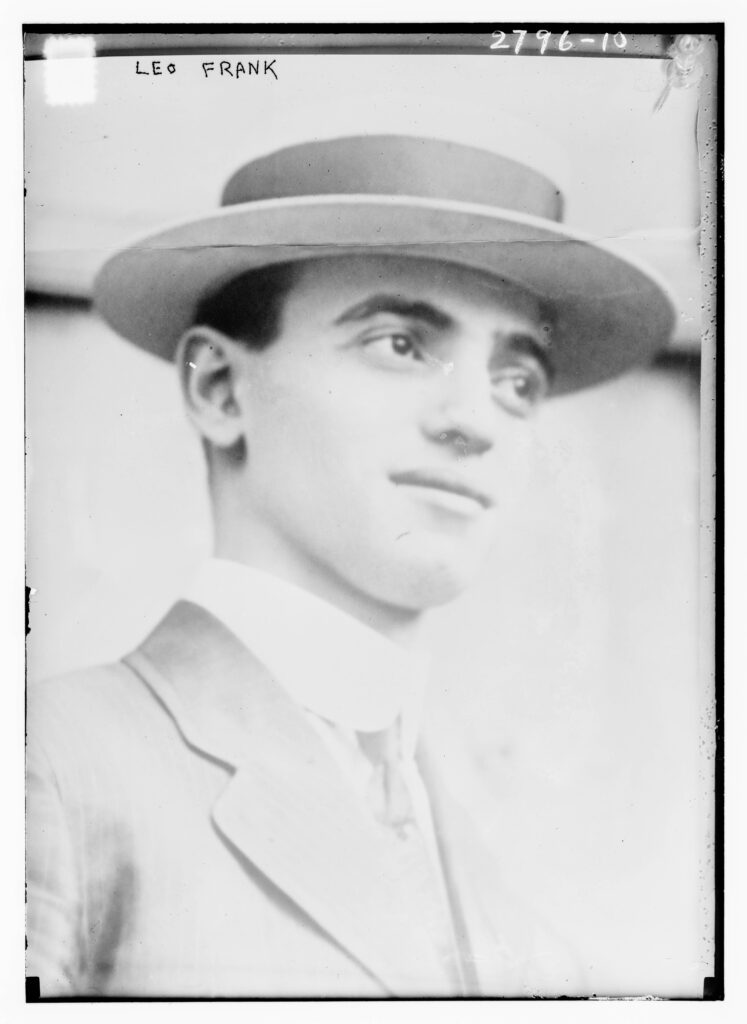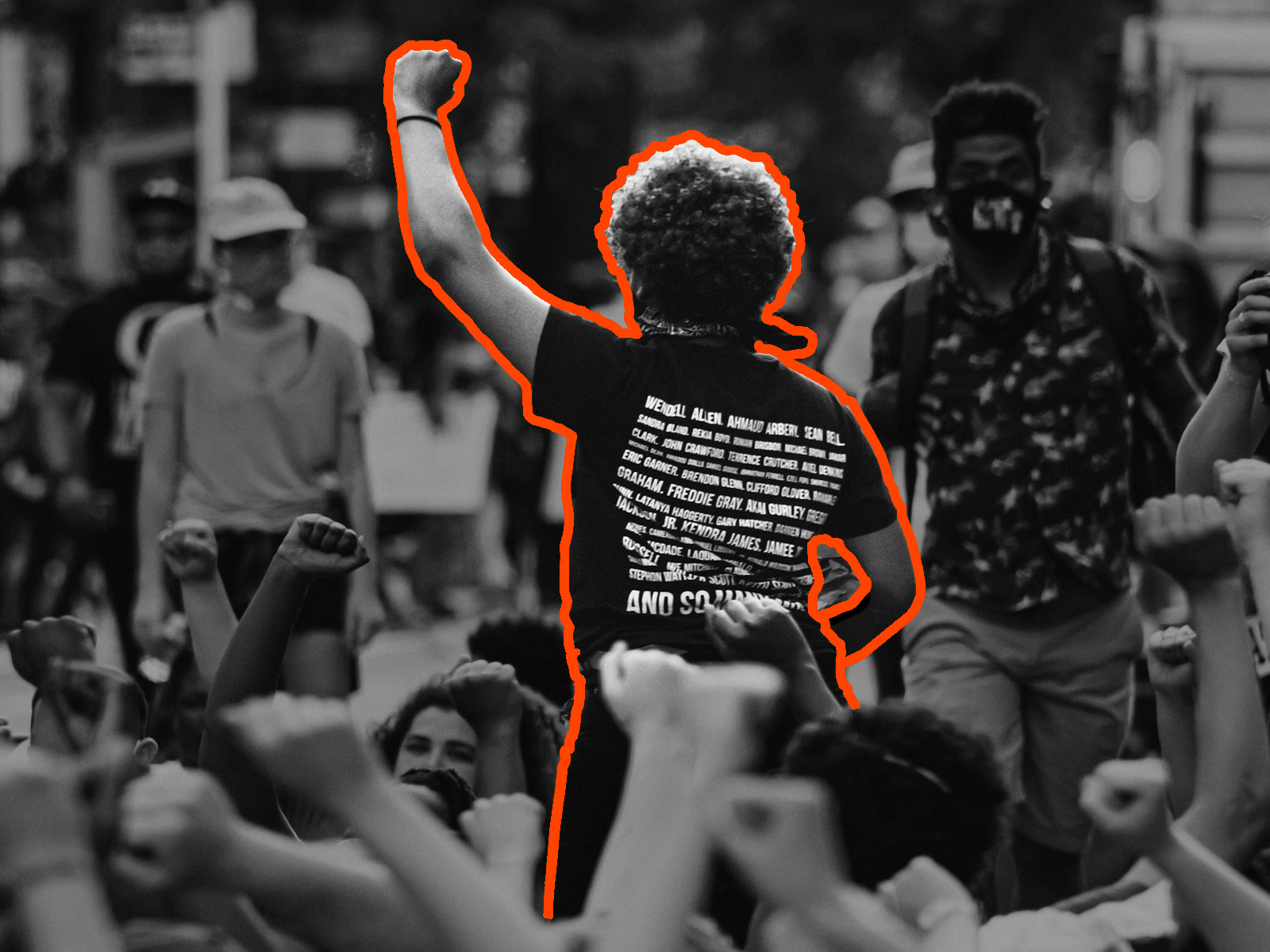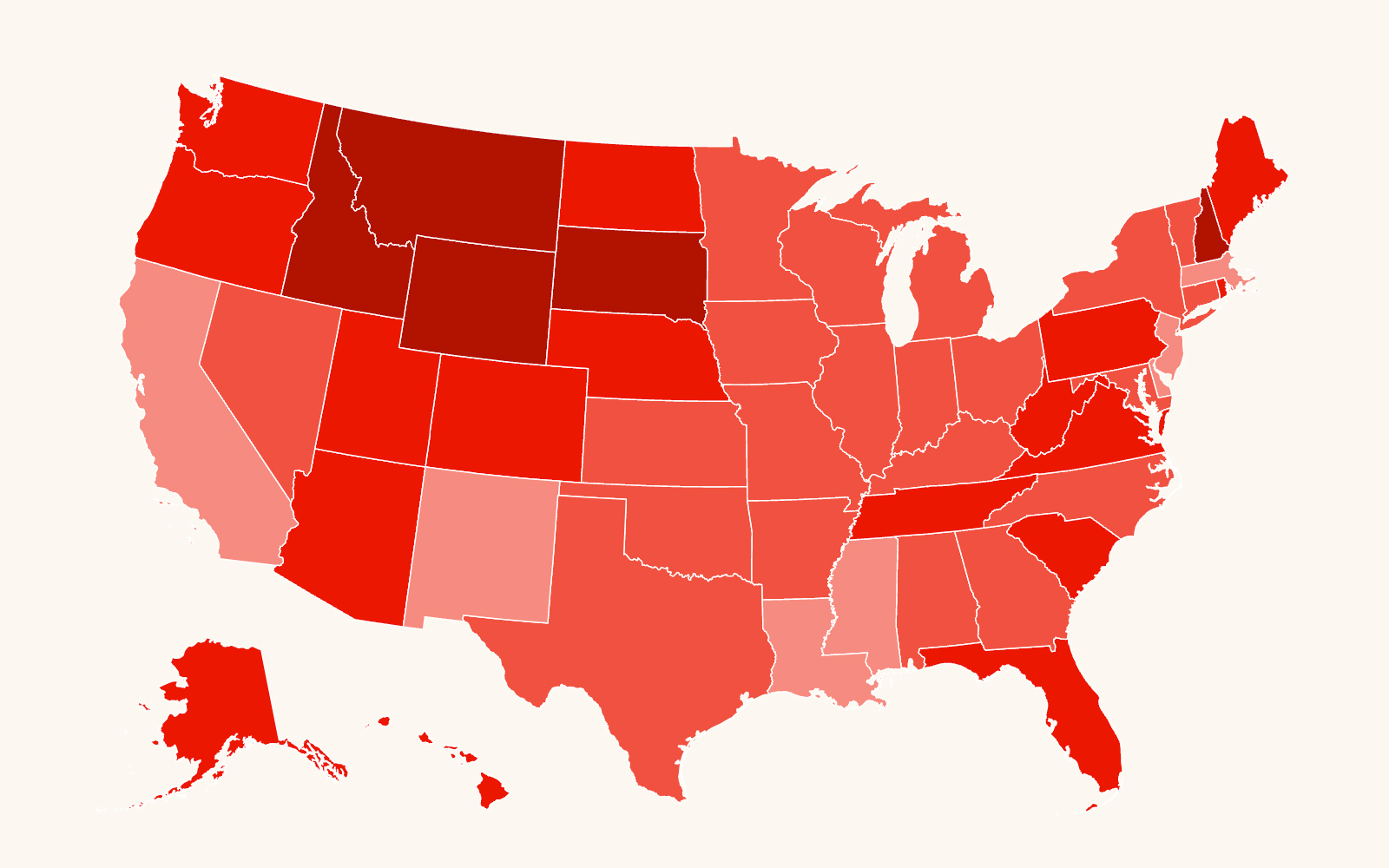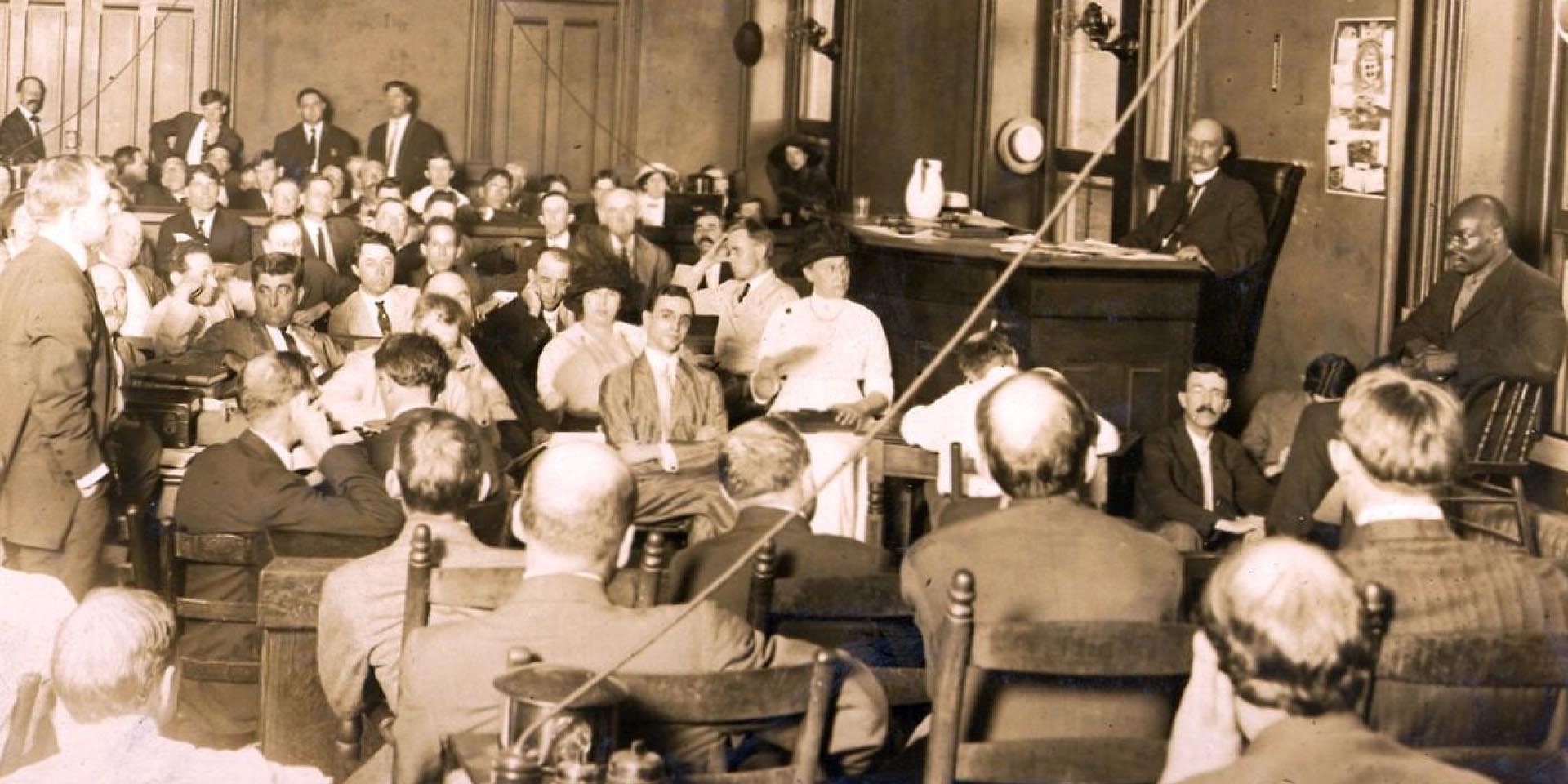In 1915, an armed mob abducted and lynched Leo Frank, a Jewish factory manager in Georgia, in one of the most infamous acts of antisemitic violence. His murder followed a trial marred by antisemitism, fueled by conspiracy theories and exploited by a rising Ku Klux Klan. But Frank’s lynching wasn’t just about antisemitism — it was part of a broader white supremacist strategy to instill fear and reinforce racial hierarchies.
That strategy never ended. It simply evolved.
More than a century later, the same forces that sought to divide and terrorize communities of color are at it again. This time, the attack on Frank’s legacy isn’t coming from the fringes of the internet — it’s coming from inside the U.S. government.
Kingsley Wilson, a deputy press secretary at the Department of Defense, has publicly revived the false claim that Frank was guilty of the crime for which most historians agree he was wrongly convicted. In doing so, she aligns herself with a long-standing white nationalist strategy: distorting history to drive a wedge between Black and Jewish communities — not as a mere political maneuver, but as part of an asymmetrical campaign to undermine democracy itself.

Georgia has always been central. It’s where Frank was lynched, where the Klan found new life after his murder, and where modern extremists are once again trying to rewrite history.
Wilson’s statements — like those of many white nationalists before her — serve a dual purpose. First, they reinforce antisemitic conspiracy theories that paint Jewish people as deceitful. Second, they exploit painful historical realities about racism in the legal system to convince Black Americans that Jewish allies can’t be trusted.
But this isn’t just an academic distortion of history — it has real consequences. That same racist system didn’t just railroad Frank. It also ensnared Jim Conley, the Black janitor Frank’s defense accused.
The truth is that Conley, the Black man accused by Frank’s defense, was a victim of the same racist system that sought to scapegoat him as much as it sought to railroad Frank. The state of Georgia acknowledged as much when it posthumously pardoned Frank in 1986 — not because it found Conley guilty, but because the entire case was a travesty of justice fueled by racial and religious prejudice.
Frank’s conviction and lynching weren’t just about antisemitism. They were about how white supremacists wield racism and bigotry to maintain control. The same forces that targeted Frank later targeted Black activists, immigrants and anyone else who threatened their vision of a white, Christian America.
And they’ve done it the same way for generations — by setting communities against each other.
This tactic has deep roots. White supremacists have long worked to break multiracial coalitions by fostering resentment, inflaming real or perceived tensions. The goal is always the same: divide and conquer.
In the early 20th century, segregationists pitted Black and immigrant communities against each other to maintain their grip on power. During the Civil Rights Movement, antisemitic conspiracy theories were weaponized to undermine Jewish allies who stood alongside Black leaders. Today, Wilson’s revisionism exploits the pain of racial injustice to weaken Black-Jewish solidarity.
History makes it clear: White supremacists fear unity. They attack Black and Jewish Americans because we are strongest when we stand together. From the founding of the NAACP — where Jewish leaders played key roles — to the Freedom Rides and the shared fight against hate groups, solidarity has always been the greatest threat to their authoritarian ambitions.
The real wedge isn’t between Black and Jewish Americans. It’s between those fighting for a multiracial democracy and those trying to tear it down. White nationalists need us to see each other as enemies because they know they can’t win against all of us united. Their entire strategy depends on convincing us that our allies are our adversaries while they consolidate power behind the scenes.
Wilson and her allies want us fractured, distracted and fighting each other — instead of them.
But we won’t take the bait.
The real lesson of Leo Frank’s story is not one of Jewish betrayal or Black victimization. It is a lesson about how racism and antisemitism work together to uphold white supremacy — and about what happens when we let division win.
The only way to win is to stand together. No amount of historical distortion, no social media smear campaign and no white nationalist propaganda can change that.
Eric K. Ward is executive vice president at Race Forward, and Seth Levi is senior chief strategy officer at the Southern Poverty Law Center.
Image at top: In a photo from July 28, 1913, Leo Frank, seated in the center with his arms crossed, looks on during testimony at his trial. (Credit: Walter Frank Winn/Public domain, via Wikimedia Commons)



